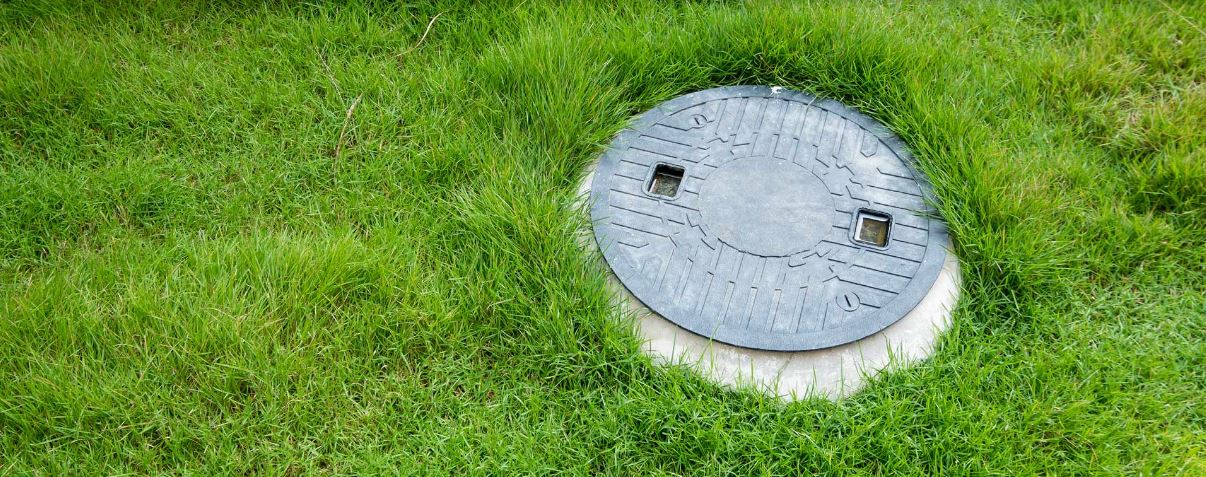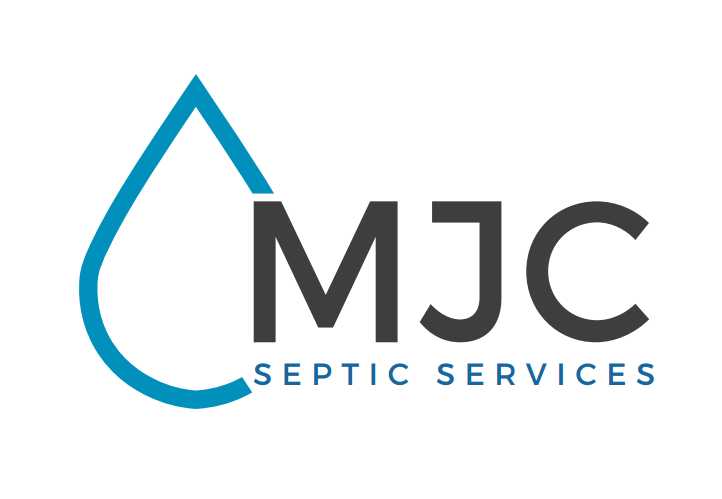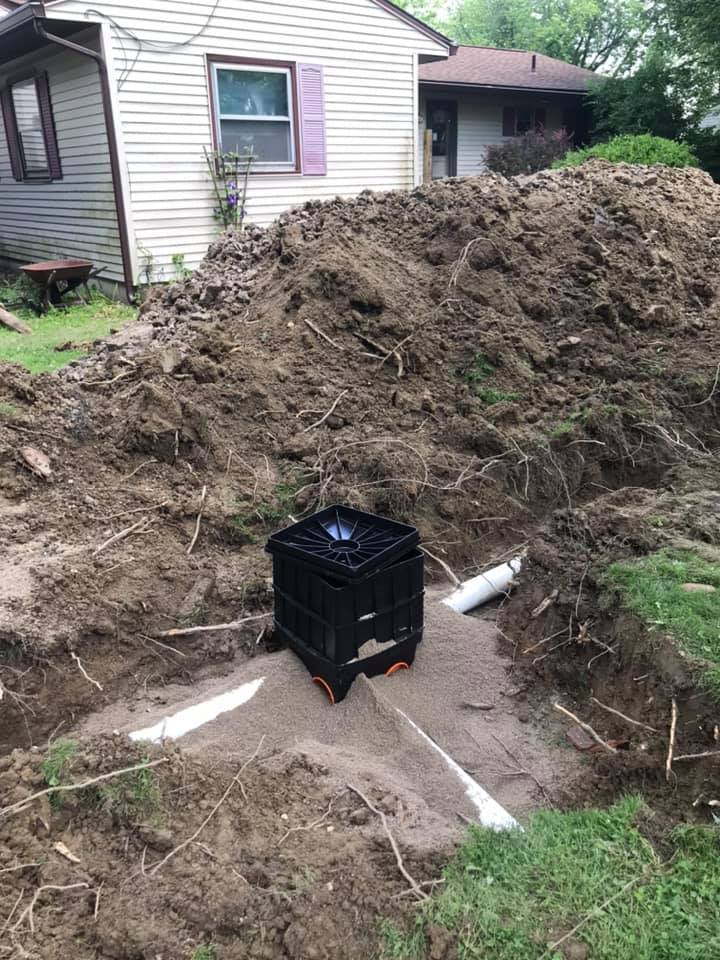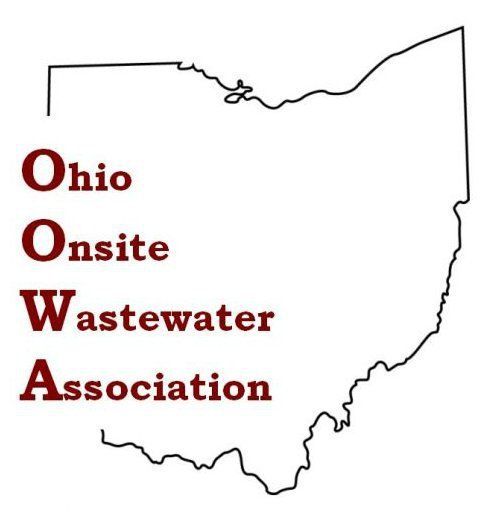
The type of septic system that a homeowner will be required to install will all depend on the soils around the proposed system. Has the soil in the proposed area been disturbed? What is the allowed distance of vertical separation to the ground water? The local health department and system installer will assist the homeowner in determining what type of system works best for that location’s specific soil as well as the homeowners needs. There are many different types of septic systems, for this article we will focus of four main categories of septic systems. Conventional/Gravity: This type of system uses a distribution Box (DB/D-Box). Gravity will pull water out of the tank into the D-Box, then evenly distribute into the leach field. This type of system will have no electrical components. However, it should still utilize an effluent filter to help prevent solids from entering the D-Box and into the absorption field. Pressurized/Drip: This system works just like the gravity system except it uses an electric pump. It is utilized when the soil around the site is not able to leach the water through, thus the pump will drive the grey water to another area within the property with appropriate soil. Alternative/Mound/Evapotranspiration: This system is used when the property has no appropriate soil for a leach field. Since there is no soil to absorb the water, the installer will then build a mound or sand filter. These alternatives are built to allow proper saturation when original soil will not allow it. Proprietary: This system is known as an ATU (aerobic treatment unit). It works by using an aerator to push oxygen into the septic tank so that bacteria can grow and allow for breakdown. After breakdown occurs grey water is displaced into the leach field.

Yeast is a fungus with a main purpose of breaking down chocolate and alcohol. You could also find yeast being used in the medical field. When human excrement is added to a septic tank, there are billions of micro bacteria working to breakdown that excrement. This natural breakdown allows the homeowner to go 3-5 years until their septic tank needs pumped out to remove the solids that remain. By adding yeast, this will NOT help to produce any needed additional bacteria in the tank. If you add yeast to your septic system it will compete with the existing bacteria, which could cause depletion of needed natural bacteria in your tank. Although yeast will help to break down certain starches, in the end, adding yeast is like dropping a pinch of salt into the ocean to try and make it a bit saltier. Yeast should NEVER be used as replacement for septic maintenance. Some of the solids that end up in the tank cannot be broken down by yeast or any other bacteria or enzyme. Therefore, it is essential that every homeowner must get their system serviced and excrement pumped out by a certified technician. To Learn More Information on this topic please visit the article Does Adding Yeast Improve Septic System Functioning?

The cleanout pipe is a threaded cap on the outside of your house that is designed to help in the aid of cleaning the main line to your tank and to aid in the event of a backup. Blockage is always possible in the mainline. The cleanout allows you to “clean” the line with a plumbing snake or water if needed. If your system is backing up into your house, you can easily remove this cap which allows water and septage to flow onto the ground outside instead of the alternative of backing up into your house. Look to see if you have a cap outside your house and make sure it is accessible. Remember the importance of a cleanout and having a cap outside the home at surface level is an essential part of allowing your septic system to run smoothly.



